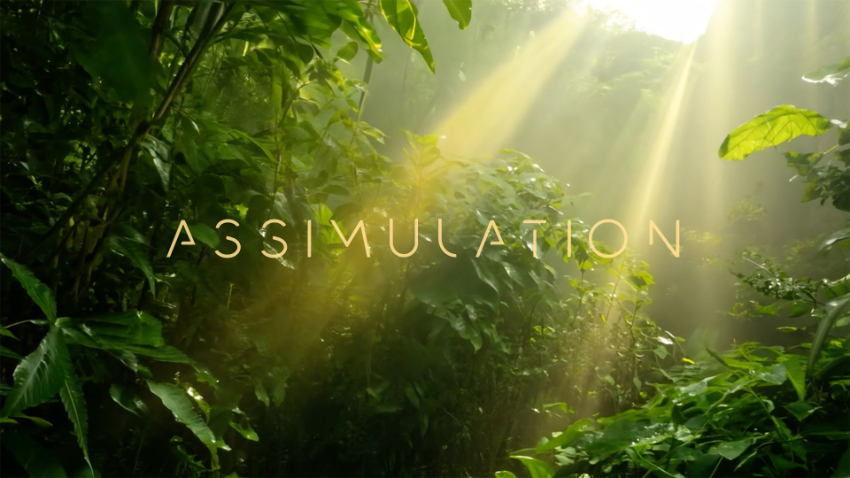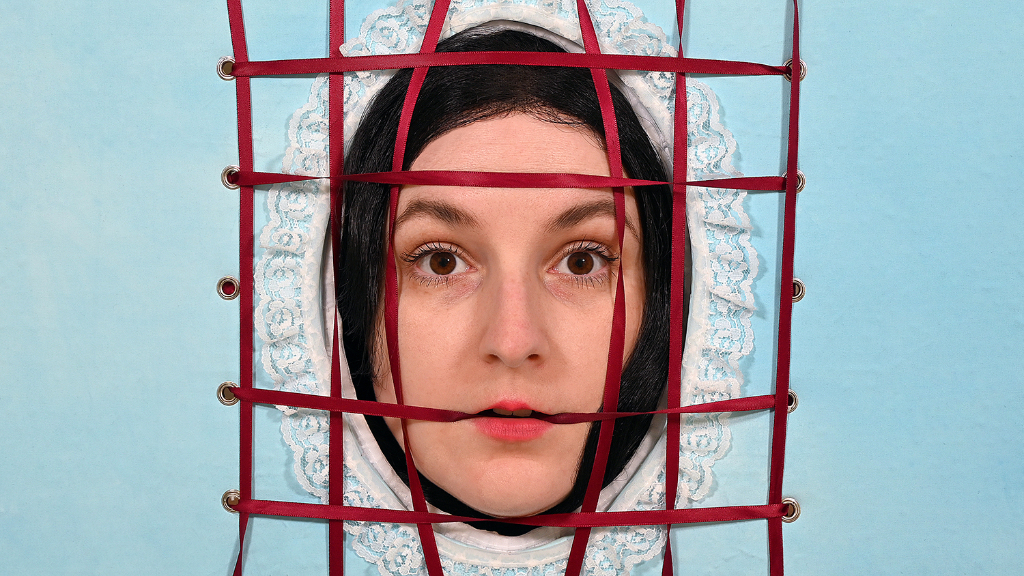Text by Les Garçons

Our taxi pulled up to the hotel, and we stepped out into the street, still wet from the rain the night before. As the taxi driver unloaded our suitcases, we looked at the tall, imposing building. The beehive of windows adorning the facade resembled a geometric cocoon that seemed like something from a science fiction movie. The minimal and graphic architectural style seemed very much at home in downtown London’s bustling, hyper-modern setting.
The brightly coloured lobby was covered in geometric ceramic tiles and wood panelling. Just beyond the reception was a restaurant, library and outdoor patio surrounded by enormous tropical plants pressing ominously against the windows. The walls were decorated with shag rugs and large geometric op-art shapes. A DJ was spinning a set of Peruvian jungle techno, adding to the feeling that we had been transported to the set of The Planet of the Apes. The whole place seemed both very contemporary and intriguingly nostalgic at the same time. A memory of a place we had never been before.
The building, now the Standard Hotel London, was built in the early 1970s. It was a time when the world was on the precipice of an energy crisis – our impact on the environment was becoming a global issue – and many technological inventions were poised to change the world. We could not help but see the parallels with the world we live in today: Our conflicted relationship with fossil fuels, the threat of nuclear war in Ukraine, the rapid rise of artificial intelligence and the many social and cultural implications that technology may have. The similarities were undeniable. The plants pressing against the windows reminded us that we will reach a tipping point with the environment, that we’re at war with nature. We’ve been winning, or we think we’ve been winning. But what if nature pushed back?
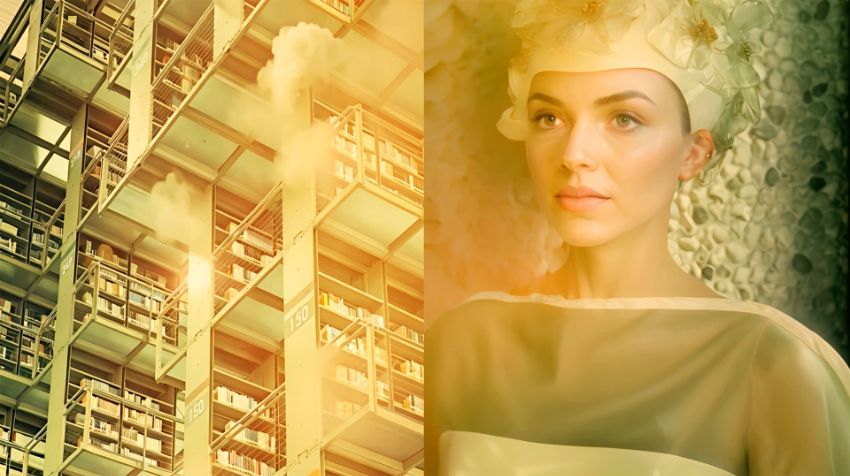
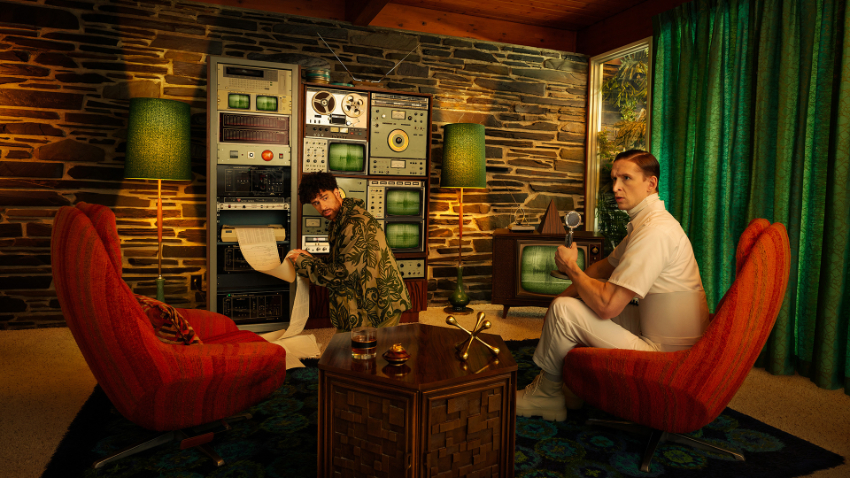
Over nightly drinks and dinners, we began to imagine a story about a set of characters who are pursued by a vengeful environment and take refuge in this monolithic structure. They’re stuck somewhere in an imaginary past/future, clinging to life at the end of the world, which has become a hopeless, menacing place. We wanted to explore a sense of tension between humanity and nature, as well as a tension between humanity and technology. It is as though man is sort of sandwiched between the menace of a vengeful environment and the menace of superintelligence that makes you superfluous.
We began by imagining a series of large-scale narrative photographs that encapsulated these issues. We imagined a dining room scene, a COVID-style vaccination cocktail party, a Cold War-era control room filled with computer screens and surveillance cameras, a living room scene with a giant fireplace, and a bedroom scene where the wilderness finally begins to take over. We scouted locations in our hometown of Montreal, looking for the right location and landed on an incredible mid-century mansion. Over the next few weeks, we assembled a cast of characters, designed costumes, and sourced a giant collection of props to tell our stories.
The result was a series of detailed photographs of our castaways in their post-apocalyptic refuge. Adam and Eva are entertaining friends in their living room. Three of them are seated at a table laid out with medical vials, serums and test tubes – mixed in with cocktail glasses, and various dried plants. The Doctor is using a syringe to vaccinate Adam, the first transhuman.
The Shaman is pounding botanicals in a mortar and pestle. Behind them, the Hunter is turning a large piece of food on a spit. We were excited by the stories in each of these vignettes but found it challenging to connect them in a cohesive narrative. Pieces were missing, and we were unsure what they were. Frustrated, we put the project on the back burner, which sometimes is exactly where creative ideas need to simmer to move forward.
Later that year, on a trip to Mexico City, we visited the Vasconcelos Library, a massive brutalist building with giant stacks of books hanging from endless arrays of metal shelves. We spent hours wandering the place, feeling like we were in the gut of a living computer. We knew this had to be a part of the story, that this massive analog database was Adam’s final destination. We also visited the Diefenbunker in Ottawa, a museum dedicated to the Cold War.
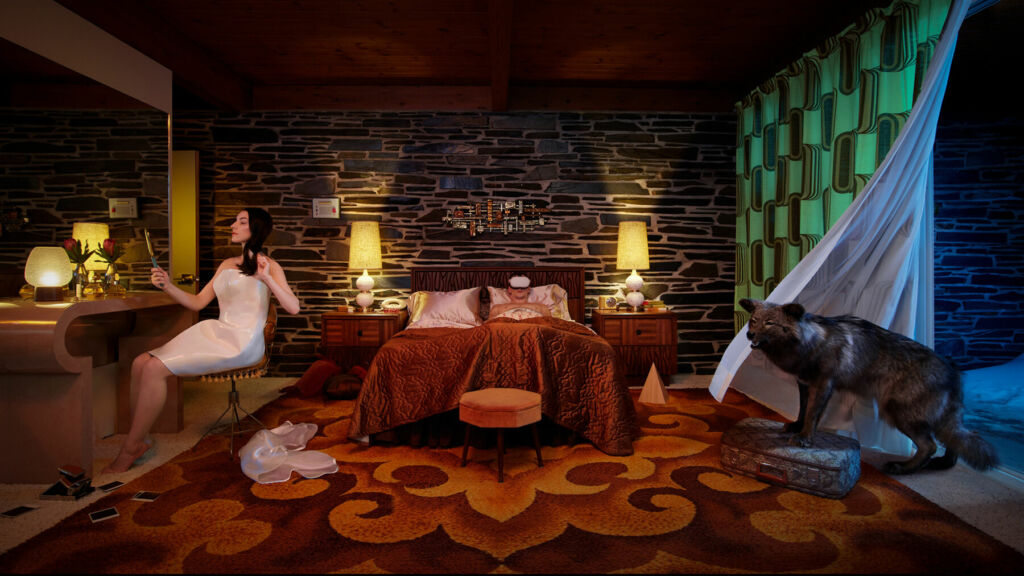
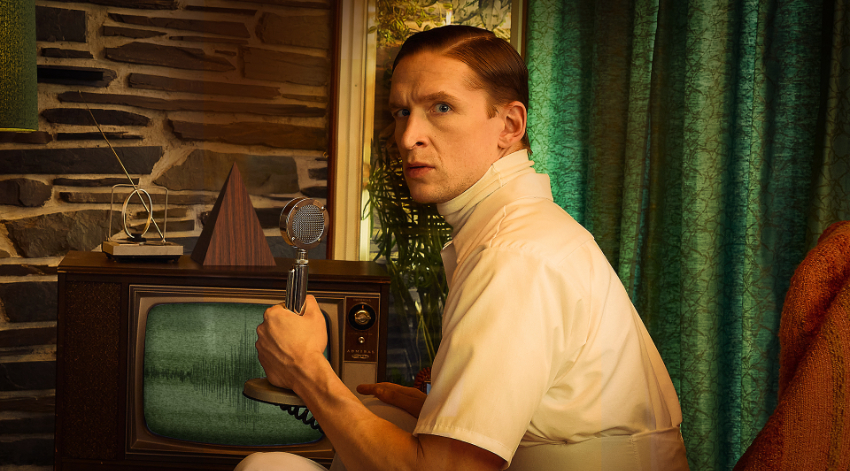
This five-story underground bunker was built by the government in the late 1960s as an underground city for the Canadian government in the event of nuclear war. The bunker is complete with a hospital, cafeteria, broadcast system, and a vault to store the gold bullion of the Bank of Canada. We shot several photos of the winding corridors and creepy empty rooms that had all sat waiting for a disaster that had never struck. This time capsule of obsolete technology became part of the refuge in our story.
After about a year of collecting footage of these fascinating places, we finally had enough material to work with. Turning the story into a film would be much more satisfying than presenting it as a series of stills. A film would also allow us to bring back the tropical jungle soundtrack that still echoed in our heads from the lounge at The Standard. We started experimenting with artificial intelligence to bring our photographs to life. As image makers, we have very ambivalent feelings toward AI. Is it going to replace our craft? Is it ethical to use a technology that draws upon the vast array of other images in the world in some sort of technological milkshake? Do we even have the choice to ignore it at this point?
Anyone who has used AI for image-making can tell you that getting what you are looking for is not a fast process. It took a lot of trial and error to coax the current AI tools to get a result that was close to what we were looking for. Many times, when we uploaded our photographs and prompted the platform to move, animate or build on our photographs, it produced very strange and sometimes quite disturbing results. These mistakes made by AI are called hallucinations. Sometimes, these hallucinations would be grotesque distortions that made no sense.
Other times, the AI algorithms would remove the photograph’s uniqueness, removing the person’s personality and turning them into what looked like an artificial mix of all of the people the machine had scanned. Given that we wanted to create a story that explored themes of environmental peril and our unease with past and current technologies, these unreal animations were a great use of the medium. It was a way of heightening the tension and sense of discomfort. Our story was taking its final shape.
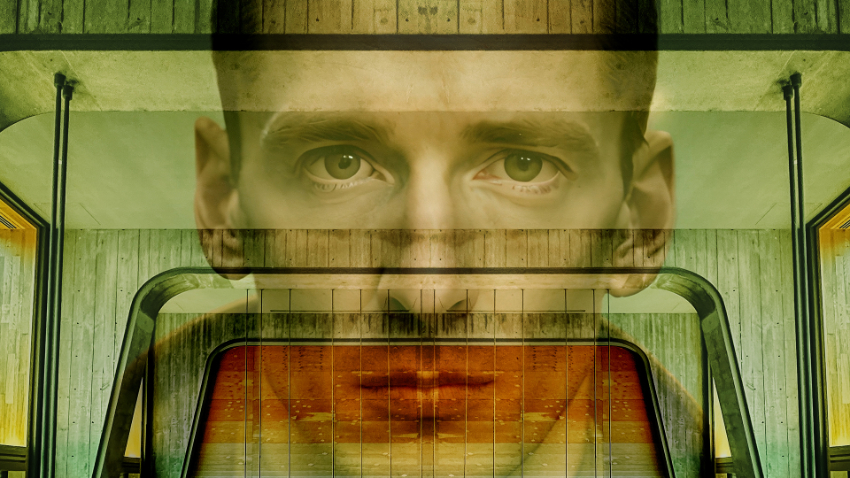
We open in a dark jungle with rays of light shining through the leaves. We cut to Adam in an extreme close-up, seeing the fear in his eyes as he looks around. Is he lost? Is he being pursued? A hybrid techno-acoustic beat sets a menacing tone, and Adam comes across a giant monolithic building in the jungle. We enter through a long tunnel lit with poisonous, yellow-green light. Here, the story unfolds, and we encounter the others who have taken refuge from their encroaching environment.
Scene by scene, we see our characters walk the line between embracing their surroundings and fearing where they have found themselves. In the end, we see Adam split into many images of himself, which get uploaded into the machine. With nowhere else left to go, humanity finds a new virtual home.
The title Assimulation is a play on words suggesting both the simulated world of AI and the idea of being subsumed by the technological changes we face today as image makers. Some of the main concerns of AI in the media right now are surrounding deepfakes and misinformation. It’s sometimes difficult to know if what we’re looking at is real or simulated. Our film touches on the idea of simulation but also the idea of being assimilated by technology. As image makers, one of our fears is that our talent becomes irrelevant or that we may decide we exist better as transhumans, with an identity that would be technology-based rather than biological.
So here we are. Will AI threaten us as image makers in the years to come? Or will it become a tool like many others? Will we be able to coexist with nature harmoniously? Or are we running out of time? Will there be a time when our simulated reality becomes our refuge? Time will tell. Until then, we’ll keep listening to the beating drums and trying to dream ourselves forward to a remembered future.

